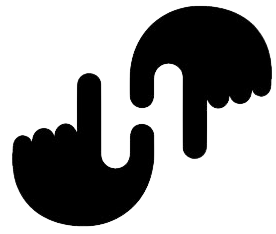Are $1000 bills still in circulation?
Like its smaller cousin, the $500 bill, the $1,000 bill was discontinued in 1969. That being said, hold onto a $1,000 bill that finds its way into your palm even more tightly than you would a $500 bill. There are only 165,372 of these bills bearing Cleveland’s visage still in existence.
How much US currency is in circulation in 2020?
As of December 31, 2020, there was $2,040.7 billion in circulation, totaling 50.3 billion notes in volume.
What is the largest denomination of US bills in circulation today?
The highest value of denomination currently in production is the $100 bill, but in decades past, the Federal Reserve has issued $1,000, $5,000, $10,000 and even $100,000 bills. The first known use of the $1,000 bill coincides with the United States’ beginnings.
What are the current money denominations?
There are four denominations of banknotes in circulation: £5, £10, £20 and £50. All four denominations of notes are printed on polymer. There are also £20 and £50 notes printed on paper. This film will run through a number of key security features.
How much is a $10000 bill worth?
Most 1934 $10,000 notes are worth around $65,000 in very fine condition. In extremely fine condition the value is around $92,250. In uncirculated condition the price is around $115,000 for notes with an MS 63 grade. Notes issued from the Federal Reserve Bank of Boston are more valuable.
How much money is actually in circulation?
According to estimates, all the money in circulation is worth 6.6 trillion U.S. dollars. This is actual, physical money that’s available in currency notes and coins.
How many $10000 dollar bills are there?
The Federal Reserve began taking high-denomination currency out of circulation and destroying large bills received by banks in 1969. As of January 14, 2020, only 336 $10,000 bills were known to exist, along with 342 remaining $5,000 bills and 165,372 remaining $1,000 bills.
What are the denominations of United States currency?
All U.S. currency issued since 1861 is valid and redeemable at its full face value. The United States issues several denominations, with the most common being: 1¢, 5¢, 10¢, 25¢, 50¢, and $1.
How much money is in circulation in the United States?
The data tables below list the value and volume of U.S. currency in circulation calculated in billions. As of December 31, 2020, there was $2,040.7 billion in circulation, totaling 50.3 billion notes in volume. Value of currency in circulation, in billions of dollars as of December 31 of each year.
What kind of coins are in circulation in the US?
Coins in Circulation. The penny, nickel, dime, and quarter are the circulating coins that we use today. To learn more about the history of these coins, read The History of U.S. Circulating Coins. In 2022, the U.S. Mint will release the first five coins in the American Women Quarters Program.
What kind of money does the United States use?
American Money. The United States issues paper currency and coins to pay for purchases, taxes, and debts. American paper currency is issued in several denominations: $1, $2, $5, $10, $20, $50, and $100. The Bureau of Engraving and Printing manufactures paper money.
